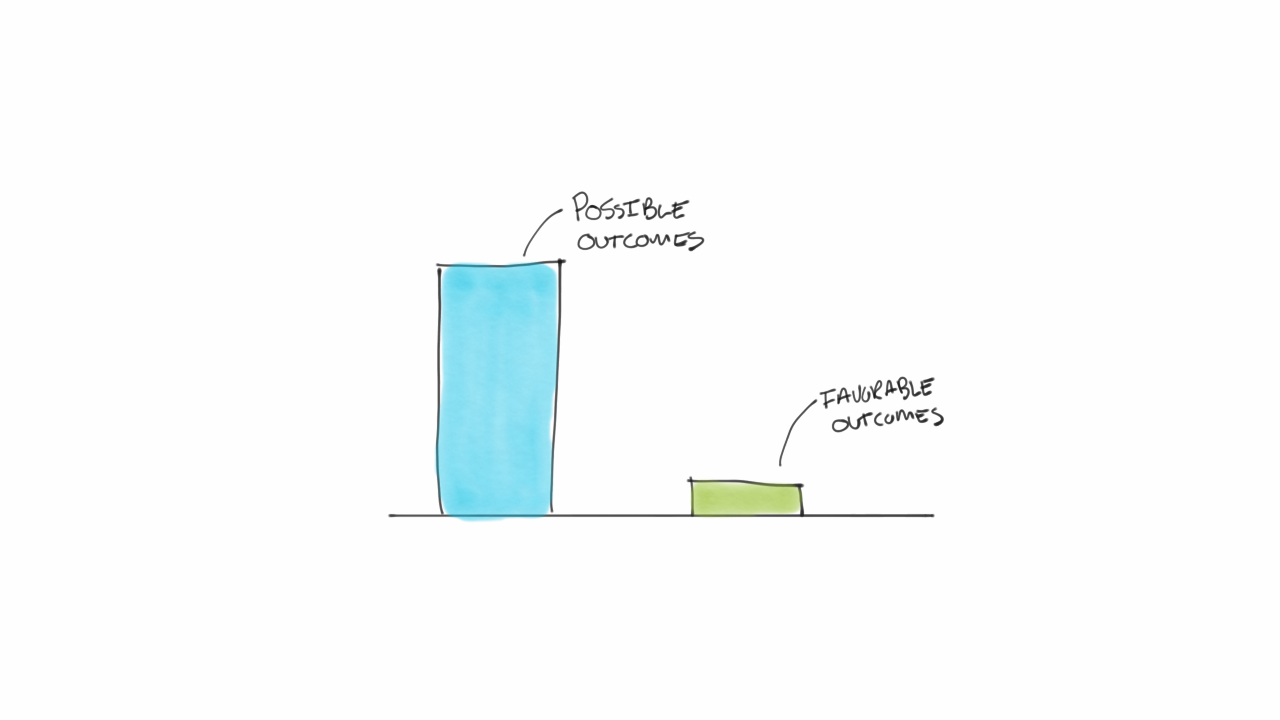
Embracing Bagger Vance’s Wisdom in Physical Medicine
The philosophy of Bagger Vance is a source of inspiration, emphasizing authenticity, mindfulness, self-discovery, and resilience. Patients and healthcare providers can create a transformative approach to health and healing by incorporating these principles into the therapeutic relationship. Bagger Vance's wisdom transcends the golf course, shining as a guiding light for those navigating the intricate landscape of physical well-being and the human spirit.

Empower your Recovery with Backcasting in Rehabilitation
In physical rehabilitation, backcasting is not merely a planning tool; it is a philosophy that transforms the journey into a purposeful and transformative experience. Individuals can reclaim control over their well-being by envisioning a healthier future, setting realistic goals, and navigating challenges with resilience and support. Integrating a positive mindset, ongoing monitoring, and a commitment to lifelong health solidify the principles of backcasting as a guiding force for a fulfilling and sustainable recovery journey. In the end, physical rehabilitation becomes not just a process of healing but a pathway to a life rich in vitality and wellness.

Navigating Uncertainty in Physical Rehabilitation
Ultimately, uncertainty and risk assessment in physical rehabilitation were not seen as obstacles but as inherent aspects of the journey. Dr. Hawkins's ability to navigate these challenges with a thoughtful and strategic mindset led to successful outcomes. It reinforced the importance of embracing uncertainty as an integral part of the healing process. He transformed how his team approached rehabilitation, viewing each case as a dynamic puzzle to solve with calculated bets and strategic maneuvers.

Embracing Uncertainty in Clinical Decision Making
-Physical rehabilitation is complex due to human variability in responses to interventions.
- Traditional, deterministic decision-making models may not be optimal for developing treatment plans.
- Rehabilitation professionals must take an individualized and personalized approach to treatment for successful outcomes.
- This approach involves considering each patient's unique circumstances and can involve a multidisciplinary approach.
- Individualized treatment plans increase the likelihood of successful rehabilitation outcomes.

Integrating Fast & Slow Thinking = optimal Patient Outcomes
In the field of physical rehabilitation, there is an interesting relationship between the concepts presented in "Thinking, Fast and Slow" by Daniel Kahneman and the work of Gerd Gigerenzer on fast and frugal heuristics. While Kahneman's model suggests that we should balance quick, intuitive decisions (System 1) with more deliberate, analytical thinking (System 2), Gigerenzer's work highlights the usefulness of efficient heuristics, or rules of thumb, in making intuitive judgments that can be both adaptive and effective. By combining these two approaches, rehabilitation professionals can recognize and utilize the strengths of both intuitive, experience-driven insights and analytical, evidence-based strategies. This understanding enables clinicians to navigate the complex challenges of patient care in a dynamic and responsive manner, reflecting the ever-changing healthcare landscape.

All models are wrong, but some are useful
Accepting the imperfect nature of models also emphasizes the importance of ongoing assessment and feedback during rehabilitation. Clinicians must continuously evaluate the effectiveness of interventions, adjust treatment plans as needed, and involve patients as active participants in their recovery. This adaptive approach aligns with Box's recognition that models are tools to guide understanding and decision-making, not rigid blueprints.

The Art of Deduction: Sherlock Holmes and Medical Diagnoses
In deductive reasoning, two distinct fields stand out for their prowess in piecing together complex puzzles: detective work and medical diagnoses. Sherlock Holmes, the fictional detective Sir Arthur Conan Doyle created, is renowned for his unparalleled deductive skills. On the other hand, medical professionals employ inductive reasoning to diagnose and treat various ailments.

Understanding the Nuance of the Diagnostic Process
We must clearly define the problem before finding an effective solution. The more specific we can be with our diagnosis, the clearer we can be with the intervention, leading to more efficient results.

The Art and Science of the Body-Swing Connection
The body-swing connection is a lifelong journey. It's a constant pursuit of improvement, a relentless drive to understand your body better and make it work for you. And that's the beauty of this game - it's a never-ending quest for perfection, a dance between body and club that keeps us coming back for more.

Movement Bottlenecks Unlocking Human Potential
Constraints-based learning is a framework that recognizes how motor skills emerge from the interplay between the individual, task, and environment. Skill acquisition occurs through exploring and exploiting the possibilities within these constraints.
Movement creates space, movement maintains the space, and space governs movement. Space is the ultimate prerequisite measure of movement potential. Space is the potential degree of freedom for movement possibility. Degrees of freedom are the ability to move freely without constraint.

Optimize Your Movement Potential with The RANGE
The ability to have a menu of movement options is predicated on one’s range of motion. Having range of motion is movement potential. The more limited someone’s range of motion the more limited their movement options are and the greater likelihood for compensation.
It is more beneficial to view fitness and health as a journey, rather than a destination. Small, consistent changes over time can lead to the ultimate goal of being both healthy and fit. Avoiding injury and taking a gradual approach to exercise can help ensure long-term success and well-being.
